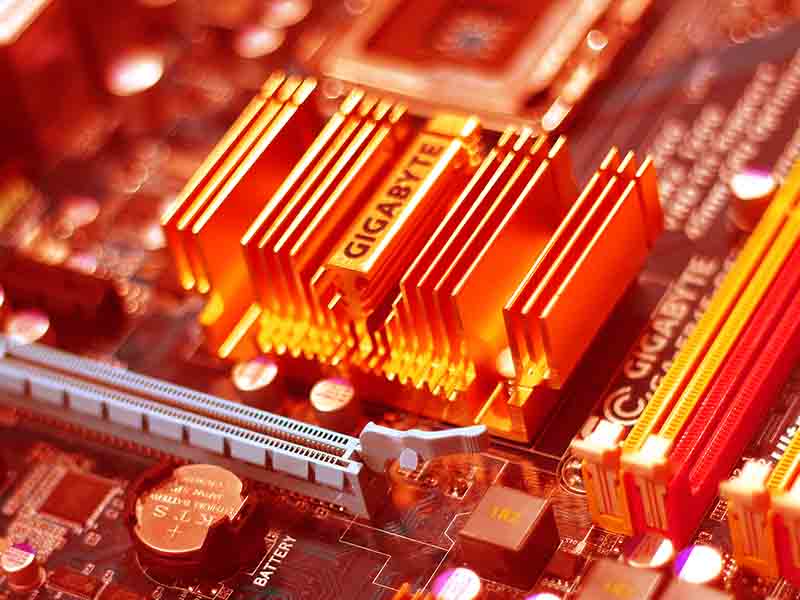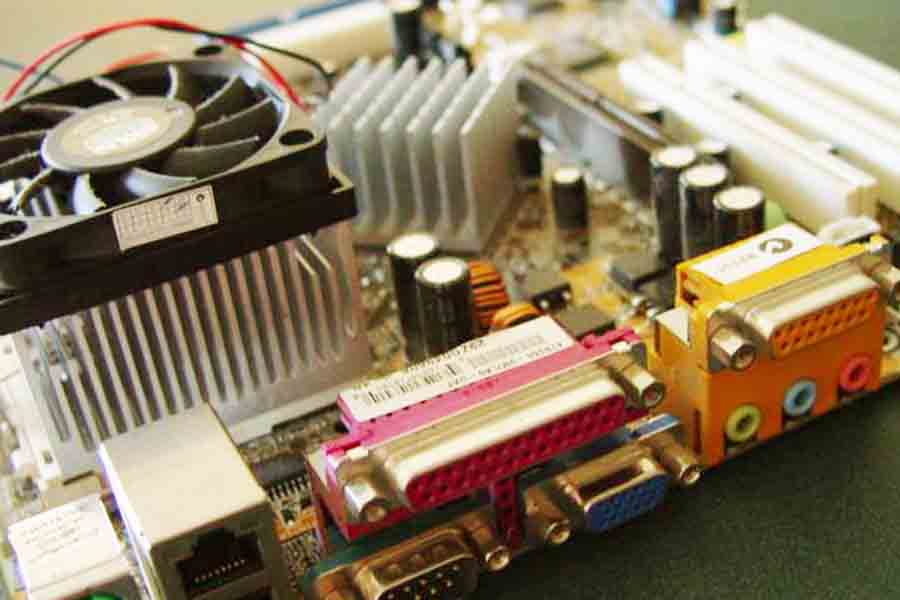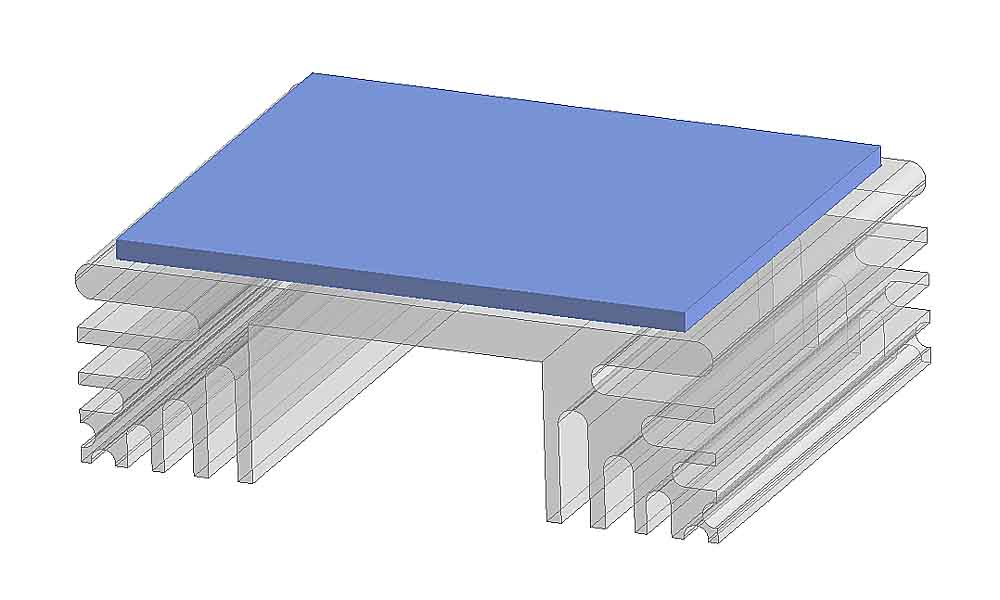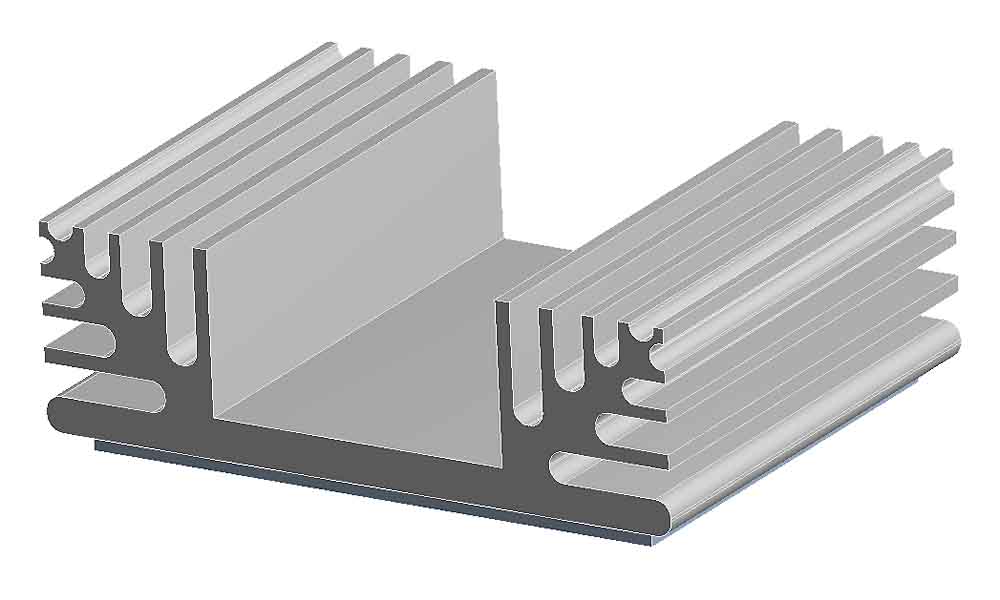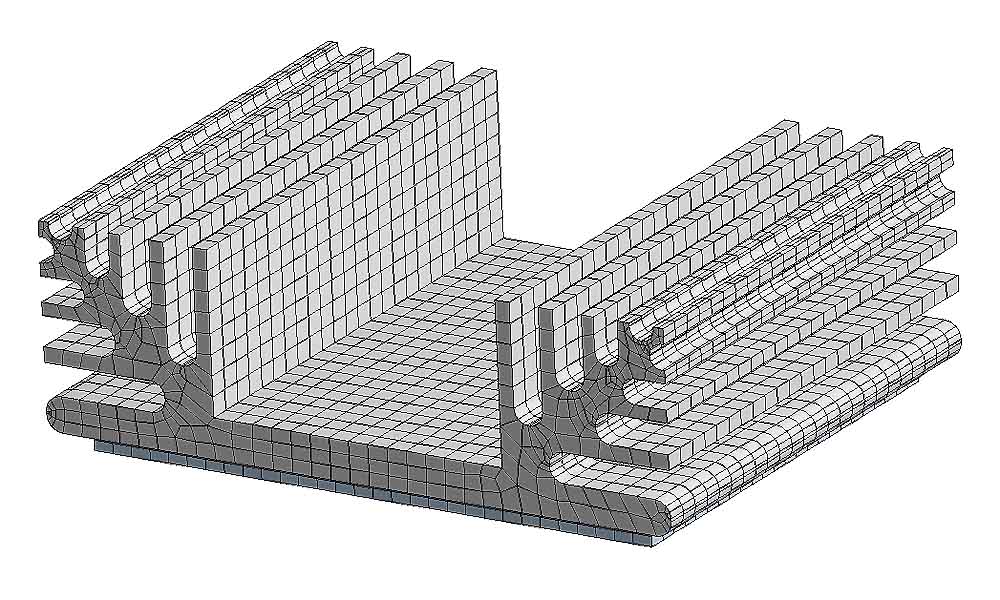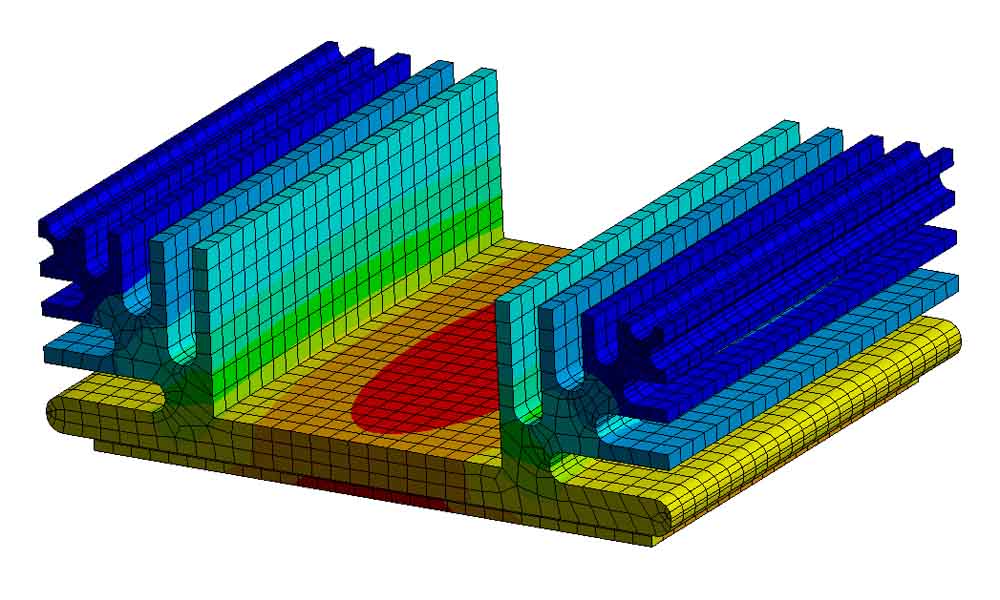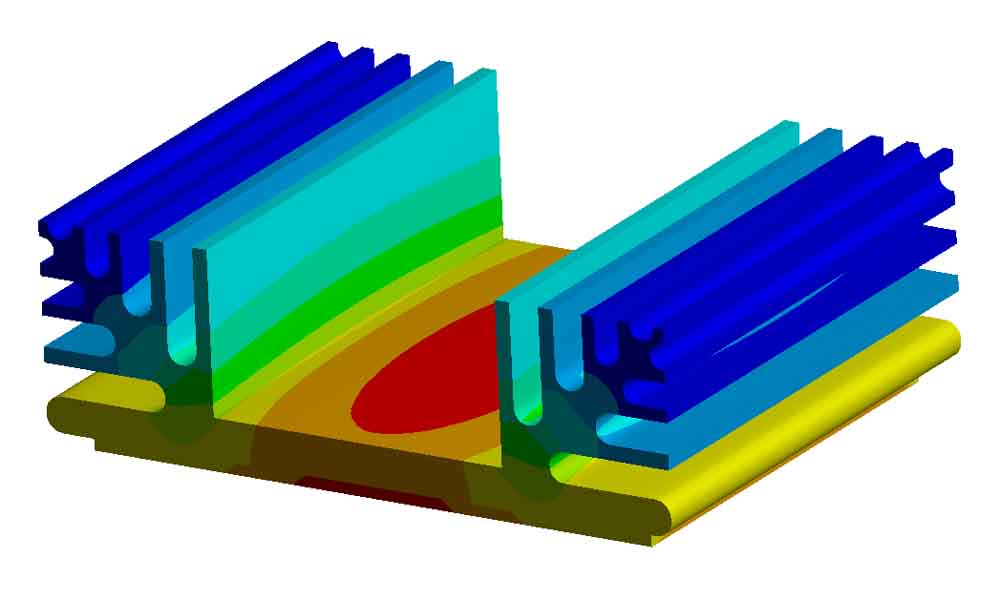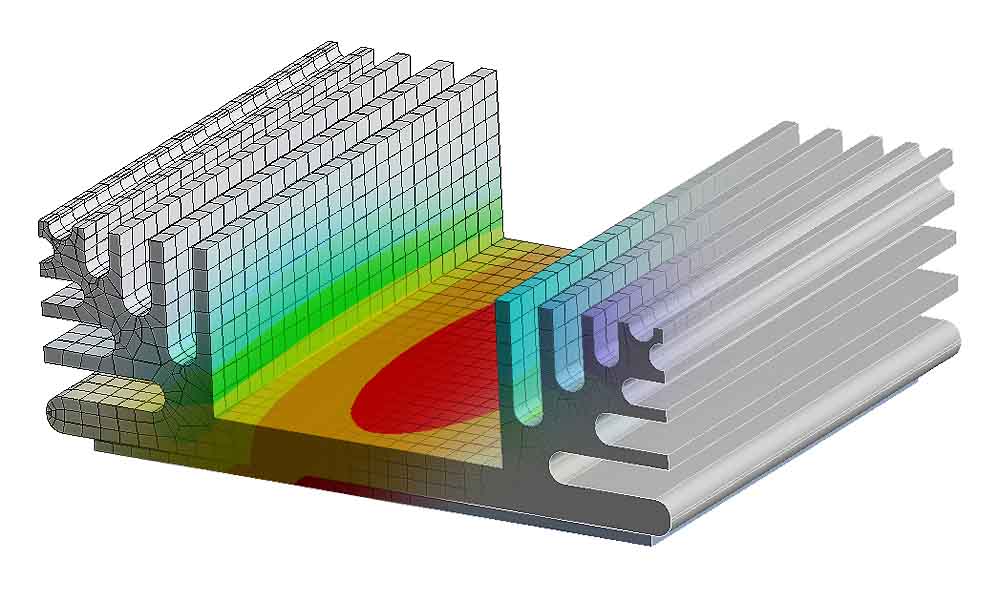People also visited:
The Death of Fact-Checking? How Major Platforms are Redefining Truth in the Digital Age
Career Development Plan during Covid-19
How to Become an Optometrist: A Comprehensive Guide for Job Seekers
Growing in Sawdust: Alternative Planting Medium in Vertical Farming
Influencers, their Career and Compensation
Rural Entrepreneurship
AI-Assisted Parametric Design: The Future of Architecture and Product Development
The Role of Photovoltaics in Achieving Energy Independence
How to Cultivate Mental Agility? 4 Concrete Steps to Build it
Chat GPT: Revolutionizing Conversational AI
Effective Multi-Platform Communication: Integrating Email, WhatsApp, and Other Messaging Platforms
Sustainable Practices in Farm Equipment for Sale: Embracing a Circular Economy
Facade Integration of Photovoltaic Modules: Design and Efficiency
Electrochemical Biosensors: Revolutionizing Point of Care Diagnostics- An Overview
Repair a Concrete Floor
The End of Content Labeling? Why the Future of Media Lies in User Interpretation
SEO-Herausforderungen und -Strategien für mehrsprachige Websites
Sustainable Interior Design with the help of ArchiCAD
Advanced SEO Techniques: Leveraging Reflective Search Intent for Competitive Edge
Keeping Your Training Progress Private in European Workplaces
Acuvue Oasys for Astigmatism Daily: A Comprehensive Overview
Innovation Explained: Leveraging Innovative Strategies for Career Success
Acuvue for Astigmatism: Advantages and Disadvantages
Best Career Choice Tips
People also visited:
Agile management In Food Industry during Corona Pandemic
Agile Management in Marketing for Rapid Business Growth
The User Research Role in Shaping User-Centric Mobile Apps
Job Consultancy Services in Europe
Pectin In Jam
Comprehensive Guide to Resume Format Download: How to Find, Customize, and Use Templates Effectively
Optimizing Solar Cell Efficiency: Techniques and Innovations
The Importance of Sustainable Business in Today's World
The Synergy of Human Skills and GPT-4o: Maximizing AI Potential
The New Standards of Digital Content Responsibility: Why Users Must Take the Lead
Acuvue Moist: The Ultimate Guide to Daily Comfort and Clear Vision
AI-Driven Predictive Maintenance in High-Voltage Power Systems
How to Become an Optometrist: A Comprehensive Guide for Job Seekers
5 Key Elements of Quality Control Systems in Electrical Engineering: A Comprehensive Overview
Prescription Contact Lenses: Choosing the Right Fit for Your Vision Needs
From India to a Research Position in Berlin
3D Rigging of Logos for Character Animation: Practical Steps
Exploring Locum Tenens Optometrist Opportunities: The Quick Guide
Production of Lipstick
Design, Programming, and Commissioning of Industrial Control Software Using PLC Systems: A Practical...
Prescription Contacts: Choosing the Best Options in Europe
Phoropter - Essential Tool in Optometry
How do Smart Electrochemical Biosensors control the COVID-19 pandemic?
Configuration and Components of Photovoltaic Systems: A Comprehensive Guide



